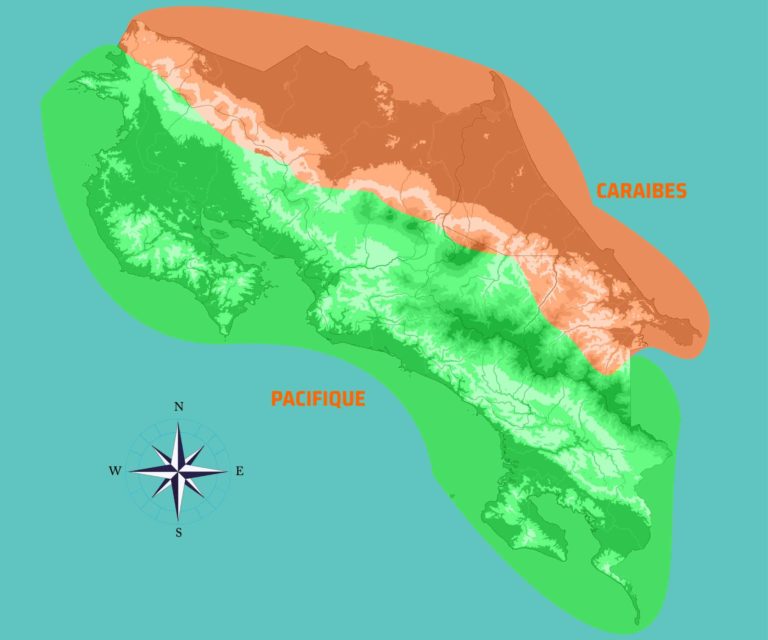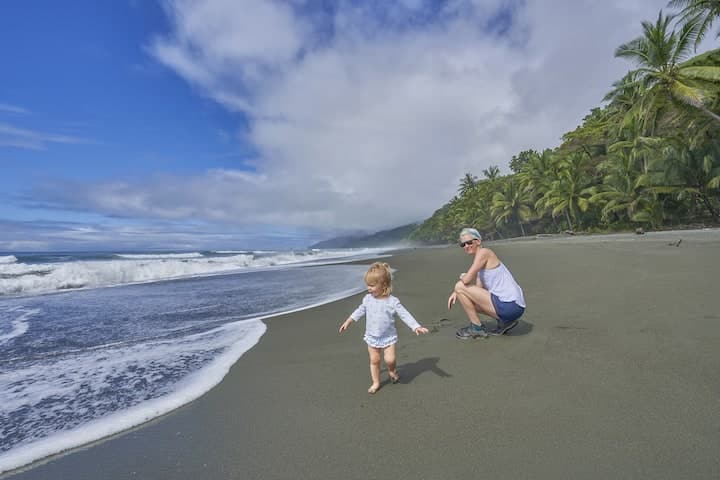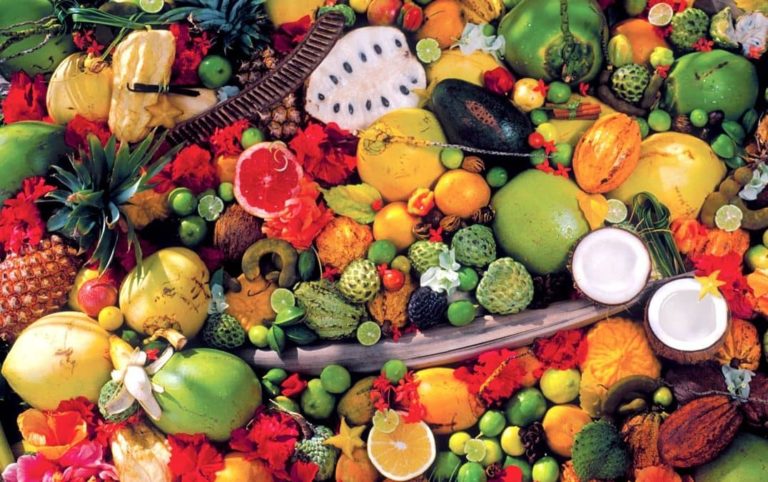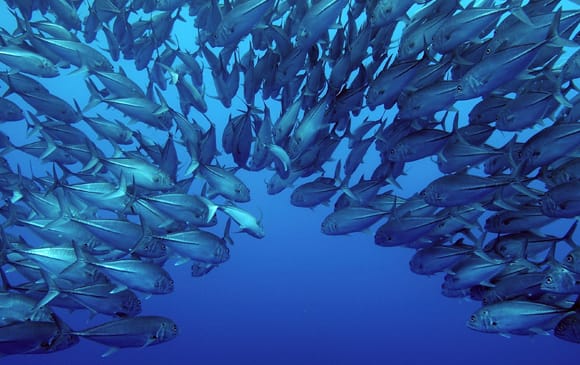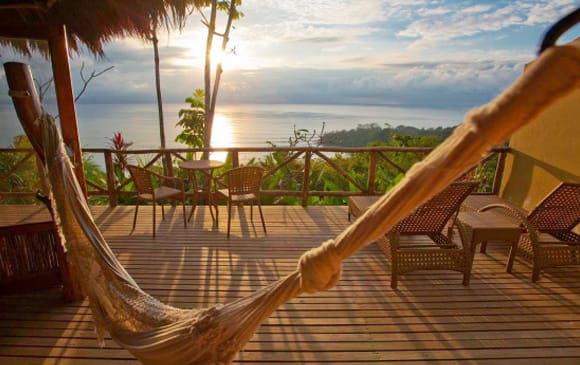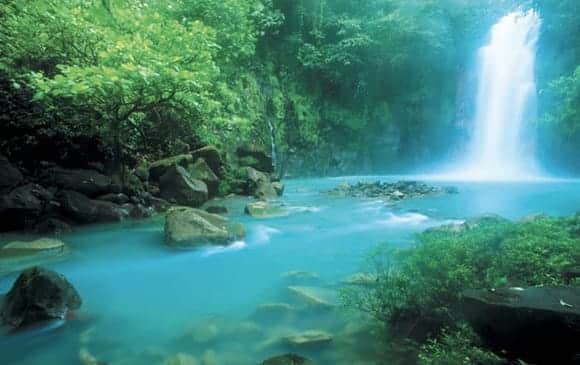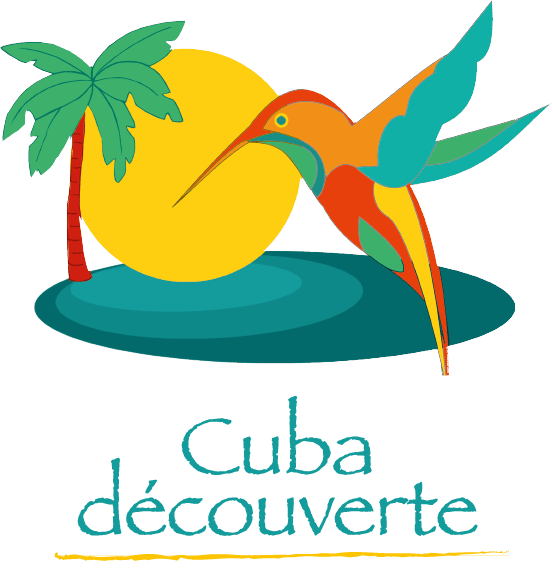Manuel Antonio National Park, located in the central Pacific Ocean, is one of the most visited parks in the country. Its easy access, geographical location, ecosystems and beaches are no strangers to the park.
This wilderness area is located approximately 157 km south of San Jose and 7 km south of Quepos. The park was created on November 15, 1972. One of Costa Rica’s most beautiful landscapes, the park boasts several white-sand beaches and dense forest at the foot of steep hills.
Among other things, Manuel Antonio National Park protects an area of tropical rainforest. Patches of primary forest, secondary forest, mangrove swamps and a marine environment comprising a number of islets and a 14-hectare lagoon are just some of Manuel Antonio’s treasures.
Manuel Antonio’s flora and fauna
The most characteristic species of the primary forest are the Colorado guácimo, the Suradan or Pilon, the Guanandi (Calophyllum brasiliensis), the Montézuma cypress, the endangered robinia, the cenizaro and the Ceiba, the sacred tree of pre-Hispanic cultures.
A wide variety of heliconias add hints of color to the green.
Along the way, you’ll enjoy magnificent views of the bays and the sea.
The park’s mascot is undoubtedly the raccoon, known as Mapache. Numerous other residents, such as the coati (coatimundis), the agouti, the two-toed sloth and 3 species of monkey: the squirrel monkey – in danger of extinction -, the capuchin monkey and the howler monkey, are easily observable.
This proximity is largely due to the fact that tourists, sometimes irresponsible, feed the animals without suspecting the disastrous impact of this far from harmless act. Chips and other sweets are not part of the animals’ basic diet!
For this reason, animals are getting closer to humans and coming right into your bags to grab something that will easily satisfy their taste buds.
More and more, park rangers and guides are trying to change this situation and teach tourists good practices.
When it comes to feathers, ornithologists are not forgotten: toucans, woodpeckers, motmots, tanagers, turkey vultures, parakeets and falcons are all part of the park’s rich fauna.
The beaches
Manuel Antonio, Espadilla Sur, Teldoro and Playita are the park’s 4 beaches. With their wide strips of white sand, it’s easy to see why they attract beach-goers of all ages. A “tombolo”, or natural earth bridge, formed by accumulations of sand separates Manuel Antonio from Espadilla. Visitors can enjoy an hour-long hike from Espadilla to the summit of Punta Catedral (100 m).
Last but not least, the park is equipped with services such as a watchtower, picnic areas, toilets, showers and well-maintained trails.
If you can avoid the busiest periods (Sundays, Christmas and Easter), you’re sure to leave saying: I’ll be back…
Découvrez d’autres articles de blog
Pourquoi voyager avec nous ?

Une réputation sans faille depuis 2008

Un seul interlocuteur en français

Notre présence toute l’année sur le terrain

Notre expertise pour une offre sur mesure

